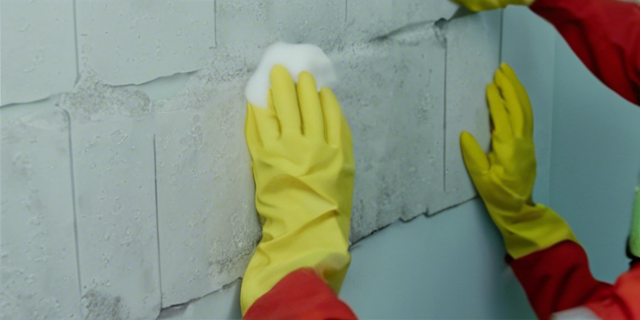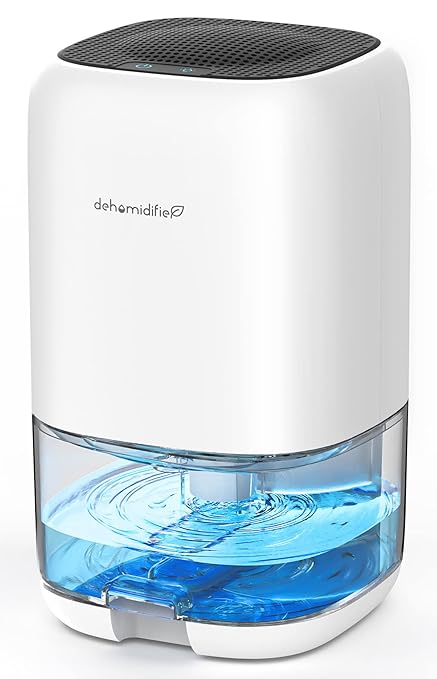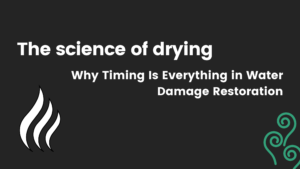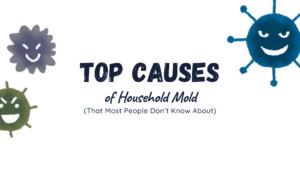Mold infestations are a serious issue for homeowners, renters, and business owners alike. Whether you’re dealing with a minor mold problem or extensive contamination, understanding the risks, causes, and best practices for mold remediation is crucial. This comprehensive guide will help you identify mold types, assess risks, implement cleanup strategies, and prevent future mold growth effectively.
What is Mold? Understanding Its Risks & Health Hazards
Mold is a type of fungus that thrives in damp and poorly ventilated areas. Mold exposure can lead to serious health issues, including respiratory problems, allergies, and immune system complications. According to the Environmental Protection Agency (EPA), mold exposure is particularly harmful to individuals with asthma or weakened immune systems.

Common Types of Mold in Homes
- Aspergillus – Found in household dust and air conditioning systems. Can trigger allergic reactions and infections.
- Cladosporium – A common mold that appears on fabrics, wood, and damp areas, contributing to respiratory issues.
- Penicillium – Typically found in water-damaged buildings; can spread quickly and cause severe allergic reactions.
- Stachybotrys (Black Mold) – Produces mycotoxins that can lead to severe health problems, including neurological issues.
How to Detect & Assess Mold Growth in Your Home
Identifying mold early is essential. FEMA suggests checking high-risk areas such as basements, bathrooms, and kitchens where moisture levels are high. Signs of mold include:
- Musty odors
- Visible black, green, or white patches on walls or ceilings
- Respiratory symptoms such as sneezing, coughing, or wheezing
Mold Cleanup & Removal: Best Practices
Before starting mold remediation, take the following safety precautions:
- Wear Protective Gear: Use N-95 masks, gloves, and goggles to avoid inhalation of spores.
- Improve Ventilation: Open windows and use fans to reduce airborne mold particles.
- Use EPA-Approved Cleaning Agents: Household bleach solutions or specialized mold removers work best.
Step-by-Step Mold Removal Guide
- Isolate the Area – Seal off the affected room with plastic sheets to prevent spores from spreading.
- Remove Contaminated Materials – Dispose of mold-infested carpets, drywall, and insulation following local disposal regulations (check your state’s environmental agency).
- Scrub Moldy Surfaces – Use a solution of one cup of bleach per gallon of water to clean hard surfaces.
- Dry & Dehumidify – Use dehumidifiers to maintain humidity levels below 50% to prevent regrowth.
Preventing Future Mold Growth
- Fix Leaks Promptly: Leaking pipes and roofs create an ideal breeding ground for mold.
- Use Dehumidifiers & Air Purifiers: This helps in controlling humidity and airborne spores.
- Regular Inspections: Perform monthly checks in moisture-prone areas.
Recommended Products for Mold Prevention & Removal
Here are some highly rated mold prevention products:
External Resources & Government Guidelines
For further information on mold prevention and disaster recovery, consult the following resources:
- Centers for Disease Control and Prevention (CDC) – Mold & Health Risks
- National Institute of Environmental Health Sciences (NIEHS) – Mold & Indoor Air Quality
- Federal Emergency Management Agency (FEMA)
By following these mold prevention and removal strategies, you can maintain a healthier indoor environment and protect your property from long-term damage. Stay informed and take action today!






